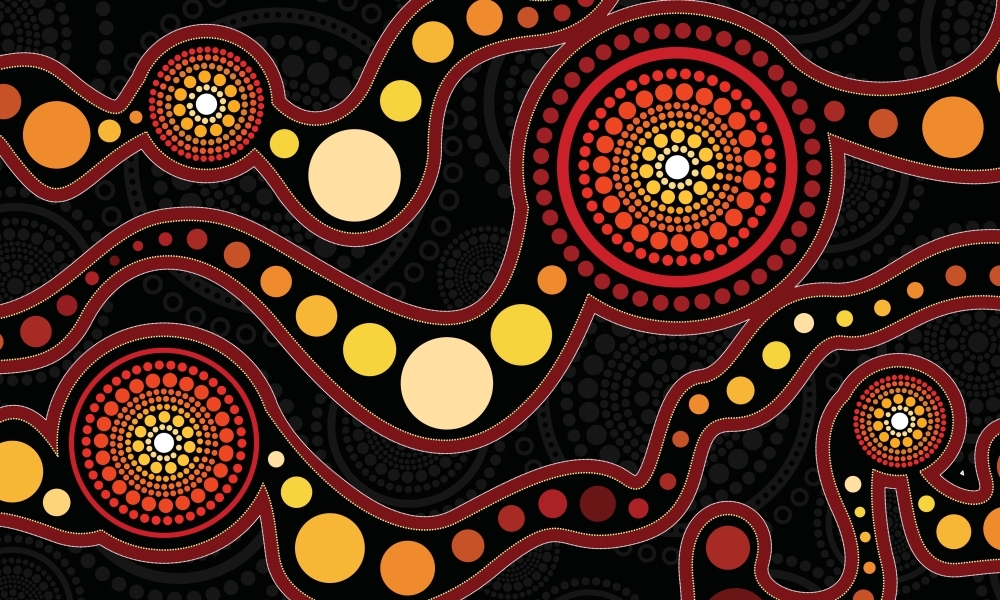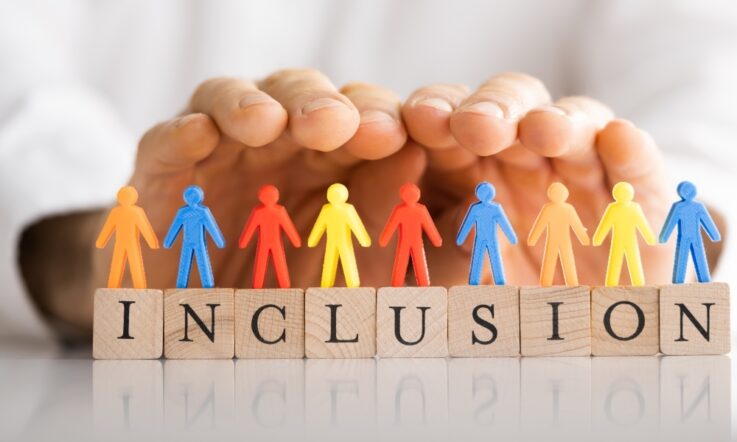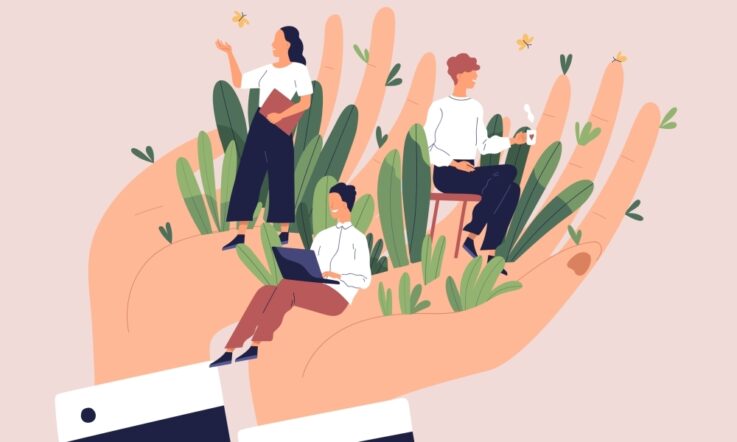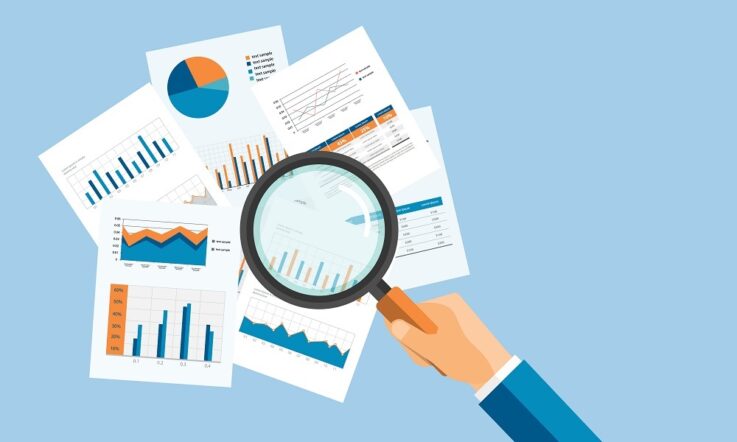This podcast from Teacher is supported by the Reframing Teaching and Learning Environments model, also known as ReLATE, a research- and evidence-informed model supporting schools to create the preconditions for improved teaching, learning and wellbeing, delivered by The MacKillop Institute. Visit mackillopinstitute.org.au to learn more.
Thanks for listening to this episode of Teacher Staffroom, where we catch you up on the latest evidence, insight, and action. I'm Rebecca Vukovic.
What is excellence in Indigenous education? This is a topic that’s been widely explored on Teacher this month. In today’s episode I’m going to share with you a submission from researchers at the University of Queensland that explored their journey of understanding how Indigenous peoples, school leaders and educators conceptualise what excellence in Indigenous education is, or could be. I’ll also be sharing some highlights from an excellent podcast episode on delivering Indigenous content in the curriculum, and an infographic that explores the prevalence of racism and racial discrimination experienced by young people. Let’s get started.
Okay so as I mentioned in the intro, the first article I’d like to share with you is a submission from researchers from the University of Queensland, Dr Marnee Shay, Dr Jodie Miller and Dr Suraiya Abdul Hameed. You may remember that they presented at ACER’s Research Conference earlier this year in August. In this piece for Teacher, the researchers share details of their pilot study in Queensland schools that explored the question: What is excellence in Indigenous education and how is it conceptualised in practice?
Here’s a quote from the article:
At the heart of this project is a strengths-based approach. To be clear, we are researching excellence in Indigenous education, not what Indigenous excellence is. We recognise that Indigenous peoples are excellent. We started from the position that Indigenous people have strengths, abilities and capacities and that Indigenous peoples are experts in their own lives.
Strengths-based approaches are also informed by the concept that situations and people can change. This is despite limited progress in improving educational outcomes for Indigenous students and communities outlined in the annual Close the Gap reports. The current situation does not mean that we are stuck with repeating these failures year after year. As teacher educators, we know that there is enthusiasm and commitment to change, as we hear the aspirations of the future and current teacher workforce.
I’d encourage you to read the article in full, and then consider these questions. As an educator, how do you define excellence in Indigenous education? How do you elevate Indigenous excellence in your classroom? How often do you think critically about the language you use around all concepts of Indigenous excellence?
The next highlight I’d like to share is a wonderful podcast episode recorded by my colleague Dominique Russell. She sat down with Aunty Maxine Ryan and Dr Rose Amazan to discuss a Cultural Residents Project, established by the University of New South Wales’ Matraville Education Partnership, that aims to support classroom teachers with improving their knowledge and confidence in teaching Indigenous content by giving them the opportunity to co-teach with a First Nations cultural educator. In this episode, Aunty Maxine and Rose share how the project works, and give some really helpful ideas on how teachers across the country can improve how they deliver Indigenous content in the curriculum, even when they’re not lucky enough to have a Cultural Resident.
Here’s a short clip from the podcast – it’s Aunty Maxine explaining how she supports teachers to effectively and authentically teach primary school students about quite difficult topics, like the Stolen Generation.
Well in the past couple of years I have come onto the program and we started off just a small group of schools, but now it’s expanded as the word’s got out. And I’m there in the school to help the teachers feel comfortable about teaching Aboriginal culture. Because there is some soft parts there that they’re not comfortable in teaching. So if I’m there supporting that teacher in, you know, the right words to say, how to say it, it helps them.
And the children do enjoy me being in the classroom. And as I keep saying, every day when I’m in that classroom, I’m there to teach them Aboriginal culture, but I’m learning too, because I’m learning their culture. So, you know, and children, their stories are just as important as my stories. And acknowledge that, because that way, the children get more involved in this project and the listening of my culture and how we did survive, how Aboriginal people did survive.
And the true stories that are out today. Because when I was going to school, this wasn’t there. You didn’t learn Aboriginal culture, you didn’t learn anything about Aboriginal people. It was all about the settlement and things like that. So now we, you know, we’re learning about Aboriginal people and Torres Strait Islander people and our culture.
Here’s something to think about. As a teacher, reflect on your teaching year so far and the opportunities you have had to teach Indigenous content. What did you do well? What could you improve on? How would you rate your own confidence and knowledge?
This next article explores a small-scale study being conducted to get students more engaged and invested in their Physical Education lessons. The educators worked alongside HPE teachers to create a five-lesson unit of work teaching Buroinjin, a traditional Aboriginal game, to two classes of Year 5 students at a government primary school in Canberra. The strategy game was originally played by the Kabi Kabi people of South Queensland. The aim is to attack the opponent’s territory and get over the point-scoring line.
After playing the game, students were interviewed in groups. The questions related to three psychological needs. Autonomy: Did Buroinjin provide any opportunities for you to be involved in deciding some of the activities? Competence: Did Buroinjin help you to feel a sense of success in PE and if so, how? Relatedness: In what ways did Buroinjin help you to develop your relationships with other students, if at all?
After reading the article, here are some questions to think about, and perhaps discuss with a colleague. As a PE specialist or general primary teacher, think about your own PE lessons and the three psychological needs mentioned in this article (autonomy, competence and relatedness). How often do you give students the opportunity to have freedom of choice over roles and responsibilities in team games? How does this help build inter-personal skills? Are students given time to develop different tactics and game strategies?
And finally, this month we published an infographic that displayed data collected from Aboriginal and Torres Strait Islander children aged between 10 and 15 years old. The data highlights the prevalence of racism and racial discrimination experienced by young people in this demographic. You’ll find this infographic on the Teacher website and I’ll also link to it in the transcript of this episode.
Moving on now from the topic of Indigenous education, I thought it would be a great opportunity to share some other interesting pieces we’ve published on Teacher this month.
Firstly, we published an exclusive extract from a new book written by barrister and educator Vivien Millane, called Teachers, Students and the Law. The book is a plain language guide to the main areas of law relevant to the teacher-student relationship in Australian schools. In the extract, Millane offers advice on duty of care requirements and the welfare and safety of students during periods of remote learning, and their return to classrooms.
In other news, the latest PISA test cycle (that’s the Programme for International Student Assessment) included a global competence questionnaire, which assessed 15-year-old students’ knowledge, attitudes, values and skills deemed necessary to thrive in an interconnected world. In a new report from the Australian Council for Educational Research, they found Australian students report greater levels of respect for people from other cultures and more positive attitudes towards immigrants than the OECD average. In fact, in almost all measures included in the report, data collected from Australian students exceeded the OECD average.
And finally, the winning games in this year’s Australian STEM Video Game Challenge have been announced. The task for 2021 was to build, test and create an original game on the theme of ‘scale’. Check out the full article on Teacher to see some of the imaginative worlds and clever ways that students were able to incorporate the theme.
That's all for this episode, and you're now all caught up on the latest evidence, insight and action. Links to all the content and resources I’ve mentioned will be in the transcript of this podcast available at our website, teachermagazine.com.
You've been listening to a podcast from Teacher, supported by The MacKillop Institute. Visit mackillopinstitute.org.au to learn how we support schools through our Seasons for Growth program and ReLATE model.



